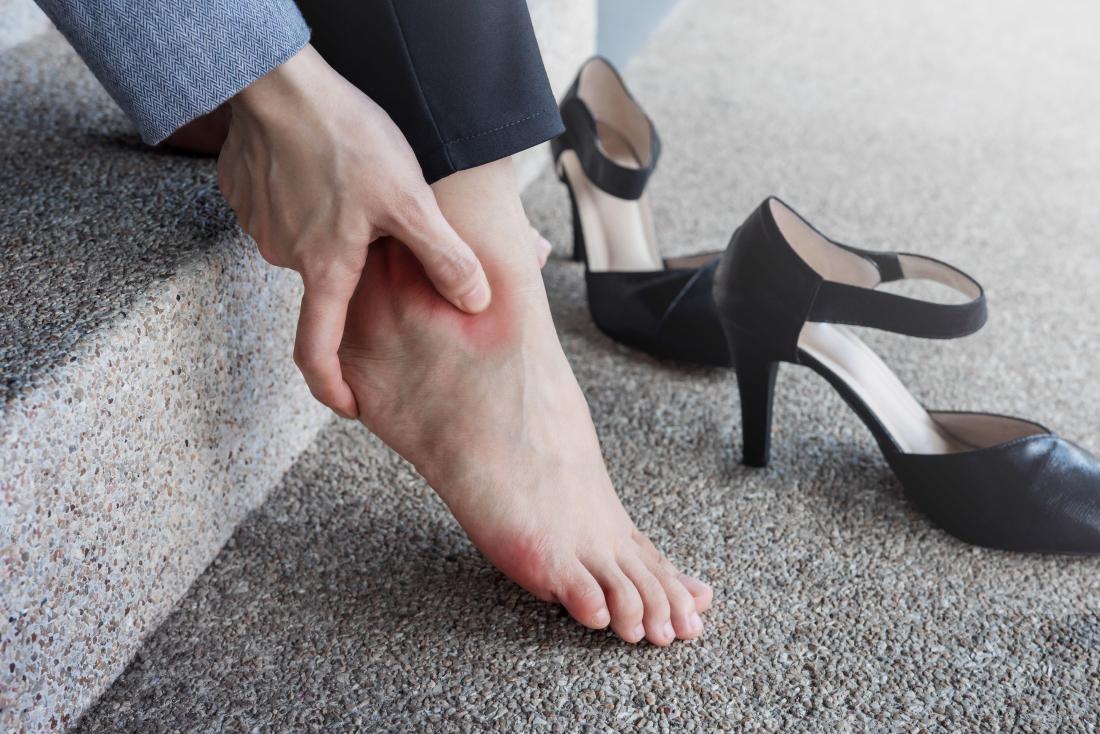Osteoporosis is a progressive condition that occurs as people get older and is due to a loss of bone mass. With age, the bones can become less dense and more brittle because calcium and vitamin D are not as easily absorbed, and both of these are required to support bone formation.
Weaker bones lead to a higher incidence of bone fractures, and often people won’t know they have osteoporosis until they have broken a bone. The feet have always been a good indication of our overall health, and one of the first signs of osteoporosis can be an unexplained stress fracture or broken bone in the foot. Unfortunately, this can also affect a person’s overall balance and lead to an increased incidence of falls so it’s important to seek professional advice and help sooner than later.
What is a stress fracture?
A stress fracture or break in the bone is caused by overuse or repetitive movement. It is more common in the foot or ankle bones simply because our feet carry our weight and the impact of repetitive activity. Stress fractures can happen at any age but as you get older, they may be an indication of bone density problems or osteoporosis.
Stress fractures in the foot or ankle most commonly occur in the following bones:
- The metatarsals which connect the toes to the foot
- The calcaneus or heel bone
- The navicular which is the bone on the top of the foot near the ankle
Symptoms of stress fractures in the foot
Symptoms of stress fractures develop gradually but with pain increasing over time. The bones of the foot are small and intricate, and X-rays are the best way to properly diagnose a fracture in the foot along with a physical assessment.
If you’re experiencing forefoot pain or any of the following symptoms, please make an appointment with one of our podiatrists to find the source of pain. You may have one or more of the following symptoms:
- Tenderness or sharp localised pain at the site of the fracture
- Pain that goes away after some rest
- Pain that intensifies during weight-bearing activities or normal daily activities
- Swelling on top of the foot or on the ankle
- Changes in gait to avoid putting pressure on the painful area
- Bruising around the fracture
Make an appointment with Sanders Podiatry to check your feet
It is essential to stop any high impact activity at the first sign of a stress fracture so that it doesn’t develop into a full bone break. If you think you may have broken a foot bone and are already experiencing the symptoms listed above, or if you have already been diagnosed with osteoporosis, please call us and make an appointment with one of our experienced podiatrists. We will help you to learn how to prevent foot fractures in the future.
Our family friendly podiatry clinics are located at:
Sander Podiatry Adelaide – 08 8379 1456 (Greenhill Podiatry)
